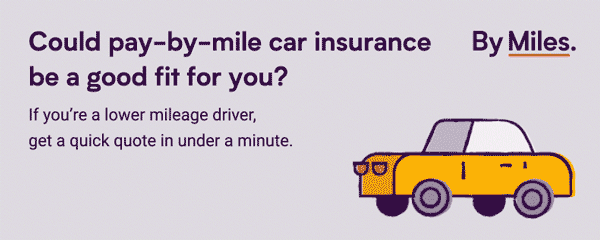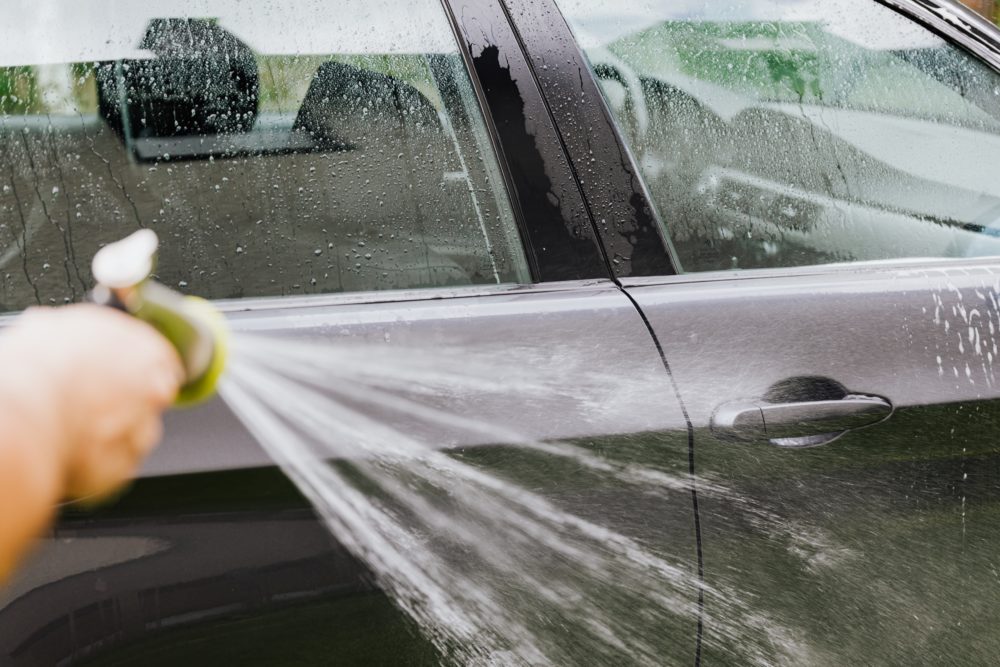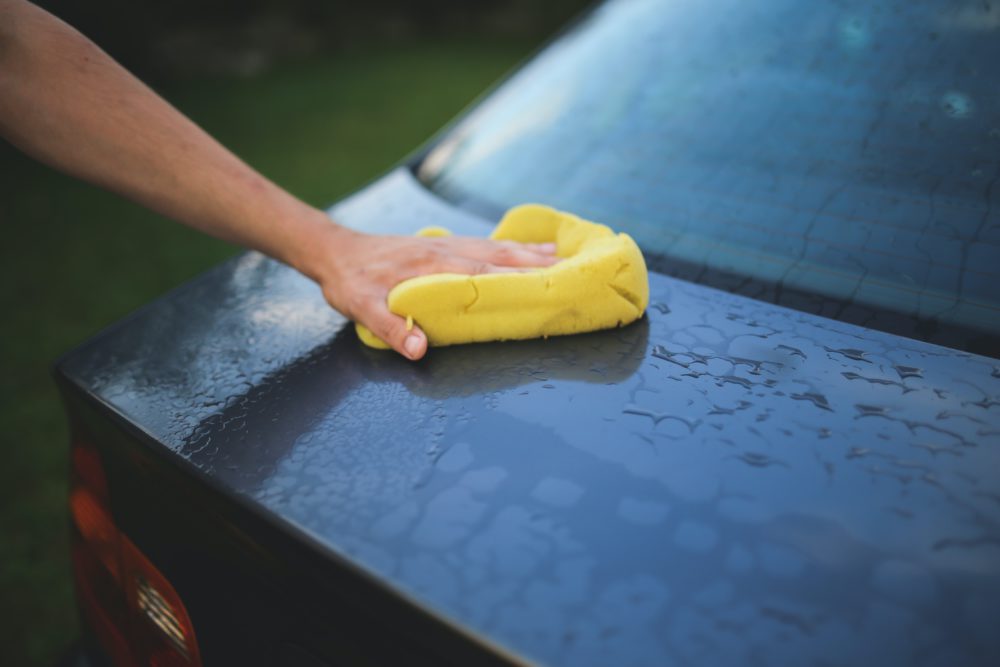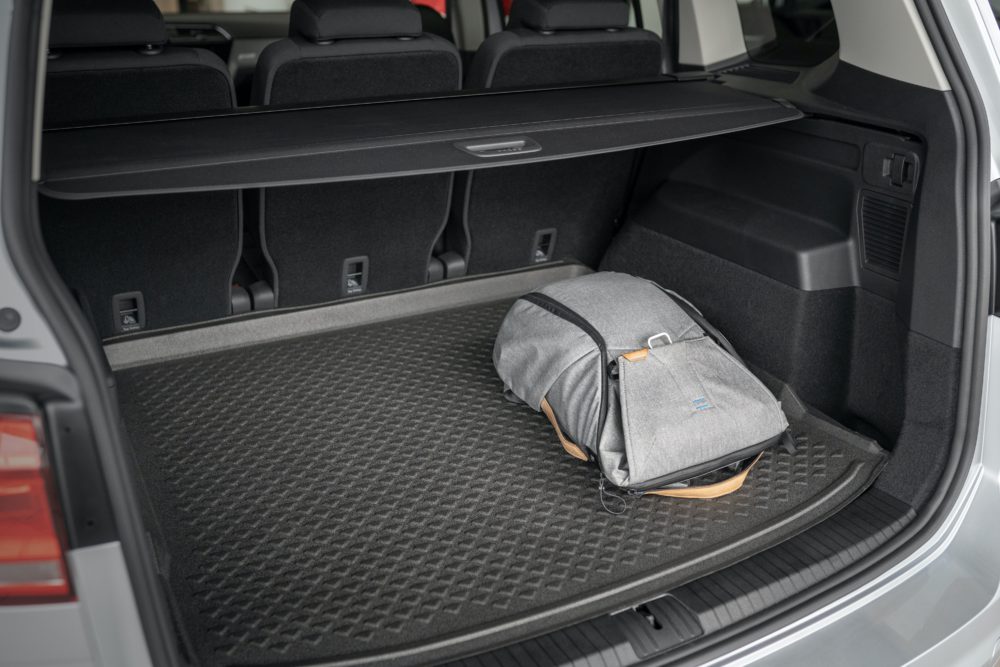As we reluctantly face up to the fact that summer is officially behind us and what lies ahead is mostly premature darkness and uncertain weather, now’s a good time to make sure that your car is ready for autumn thanks to our essential driving tips.
It’s the second most challenging season for driving conditions, behind winter, so now is a good time to put your best foot (or tyre) forward with a car that’s ready to battle the elements alongside you.
We’ve cobbled together a list of top driving tips for autumn conditions, ranging from reminders to check your coolant levels, to windscreen wiper and tyre tread depth examinations. You can never be too prepared for what lies ahead. Even if you’re not driving much at the moment, every journey requires a car that’s fit for the task, so let’s get yours in ship shape for the coming months.
Get your lights on earlier than usual


As the evenings start to lose light, don’t be afraid to switch your headlights on a little earlier than usual. Every year, once the clocks go back as part of daylight savings, the evenings become darker than a late-90s horror movie. Dipped headlights on a dull day are always a good idea as they increase your visibility to other road users, and they’re absolutely essential when driving at night. Research from Zurich shows that you’re more likely to have an accident driving between 4pm-7pm in November than you were before the clocks changed over, so always switch your lights on and stay alert.
Before you set off on your next car journey, give yourself a spare few minutes to check that all of your lights are all in working order. Get a little help from someone who doesn’t mind (safely) glancing from the outside as you tap the brakes, check the indicators, headlights and reverse lights. If your lights are looking a little dim, read our guide to DIY headlight restoration.
Beware of fog and morning frost


With the arrival of autumn, we must accept that undesirable weather is on its way. Fog is going to start creeping into our lives and although it provides a picturesque backdrop to the garden, it can also make driving conditions pretty tricky. Always use your fog lights when there’s fog, and be sure to leave a four second gap between your car and the one in front. Drive slowly and roll down the window to listen for traffic at busy junctions if visibility is poor.
‘A Touch of Frost’ may no longer be on our TV screens, but it’s about to be all over our cars. Morning frost might seem harmless, but it can be dangerous. It’s been known to leave light icy patches on the road, so don’t dismiss the frost if it wipes clean off your windscreen using the wipers. The roads don’t have a similar mechanism, unfortunately. Always reduce your speed if you suspect the roads could be icy, even if they’ve been gritted.
When it’s windy, mind where you park.
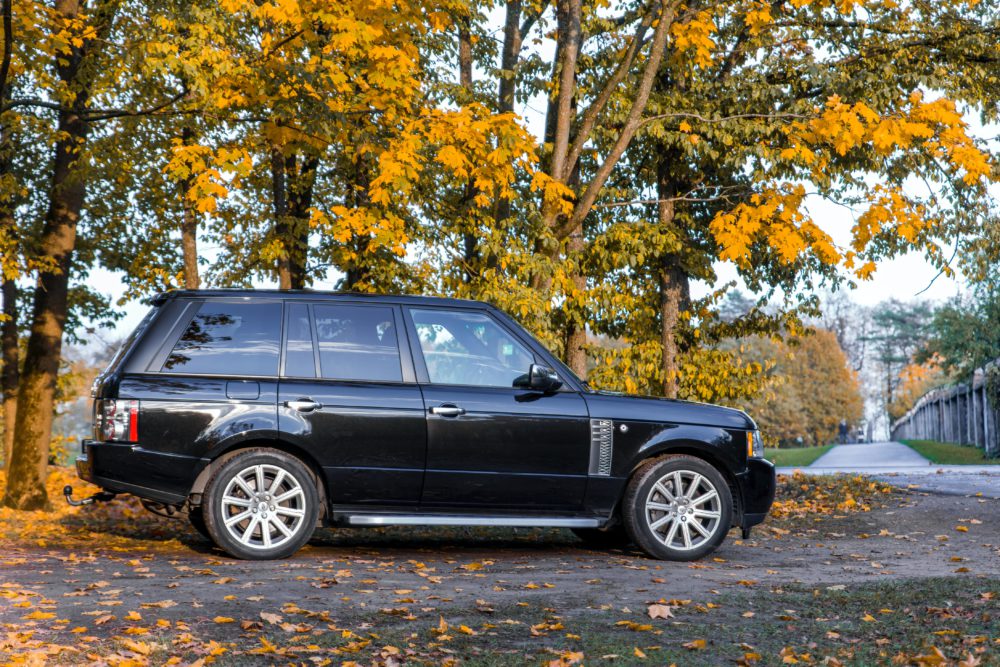

It’s not just leaves that fall in Autumn. Sometimes the trees they’ve grown on come down too. If it’s stormy out – or just very windy – avoid parking under trees. Large branches (or worse) could fall and damage your car. Find more smart parking advice, here.
Top up your coolant and screen wash


As the old saying goes, there are four inevitables in life – death, taxes, getting helpful autumn driving tips from your car insurance provider and running out of coolant or screen wash right when you need it. Don’t fall victim to the unscheduled windscreen wash strike. Top it up every so often so you can feel at ease knowing your windscreen is just one flick of the wrist away from being squeaky clean.
Coolant is another essential part of the car that you need to keep an eye on from time to time. If you’re keeping up with your regular service schedule, it shouldn’t be a problem, but if it’s been a while since a mechanic has had a look at the car, it’s worth checking your coolant levels. Check your car’s handbook if you’re foggy on where exactly under the bonnet it’s located, and make sure the coolant level is sitting between the ‘min’ and ‘max’ lines. If it’s not where it should be, nip to your local garage for a top-up, or refill it yourself if you’re able to do so. While you’re under the hood, give your oil a check too. Now’s the perfect time to get these things done so you can drive confidently into the winter months.
Check your tyres
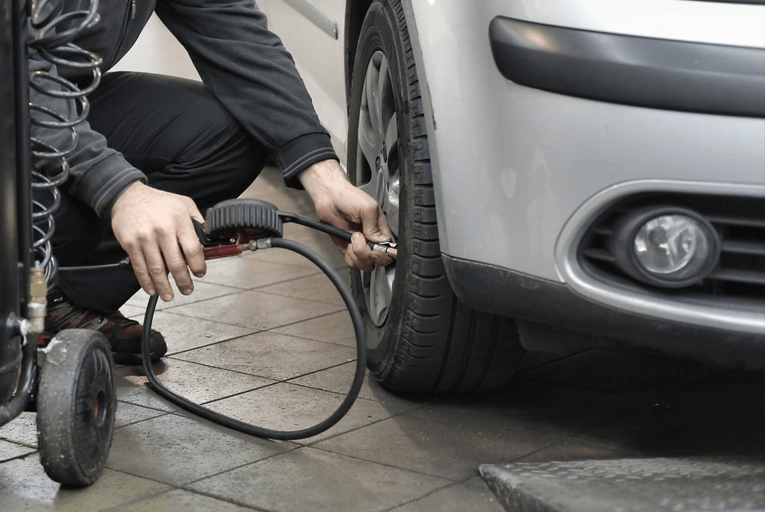

The AA recommends at least 3mm of tyre tread depth for the winter, so get prepared now. October happens to be National Tyre Safety Month (yes, that’s a thing), and the official slogan is ‘Don’t chance it, check it’. It doesn’t take long to make sure your tyres are in good nick, and it’s going to give you peace of mind on the road as well as minimising your chances of an unexpected problem down the line if you ACT now.
- A: Air pressure – Check your car’s handbook for its recommended air pressure and inflate/deflate accordingly using a tyre pressure gauge (most petrol stations have one).
- C: Condition – Lumps in your tyre can show that there’s something wrong on the inside, along with cuts and cracks. If you find anything suspicious, get a professional to have a look and replace the tyre if necessary.
- T: Tread depth – The minimum legal limit is 1.6mm, but as mentioned above, The AA says 3mm is ideal for the winter months. You can check your tread depth using a 20p coin.
Give your wiper blades a once-over


Yes, we’re verging into common sense territory here with some of these driving tips, but it’s always good to have a reminder since cars have approximately one billion parts that need checking every so often. Given that autumn brings with it some unsavoury weather, your wiper blades need to be in a fit state to ensure that you’ve got perfect vision throughout. Remember, if you can’t see, you can’t (and shouldn’t) drive.
You should replace your wiper blades if needed. The rubber that sits against the screen shouldn’t be frayed or split, and the wipers should clear the screen without smearing. A streak-free clean of the windscreen means they’re doing just fine.
Beware of fallen leaves on the roads


One certainty that autumn brings with it is an Instagrammable amount of multi-coloured leaves flooding our roads and footpaths. While they may provide plenty of photo opportunities (for passengers, not drivers – obviously), they can be dangerous to drive on if they’re wet. Always increase your stopping time if the road ahead isn’t clear, and drive slower than usual when there’s debris around.
Leaves are pesky elements of nature, as they can also hide things like potholes, road markings and speed bumps, so particularly in rural areas, slow down and be alert if there are leaves aplenty. If the temperature drops below freezing, leaves can freeze and make driving significantly more difficult, so always keep an appropriate distance between your car and the one in front.
Don’t get blinded by the low-hanging sun


An evening stroll is one of the many joys of the autumn months, but beware that the sun hangs pretty low in autumn, which can make driving a bit trickier than usual. Always have a pair of sunglasses on hand in the car for those hazy evenings, as well as a full tank of washer fluid for your windscreen so that you can clearly see the road ahead. One of our key driving tips is to be sure to clean the inside of the windscreen too for glare-free vision.
Don’t forget about that handy visor tucked above the windscreen too – it can act as an effective barrier between your eyes and the sun. Headlights can also help other dazzled road users to see your car, but if you’re having trouble seeing the road ahead, stop in a place where it’s safe to do so and wait until the sun has set.
Never drive through a flood
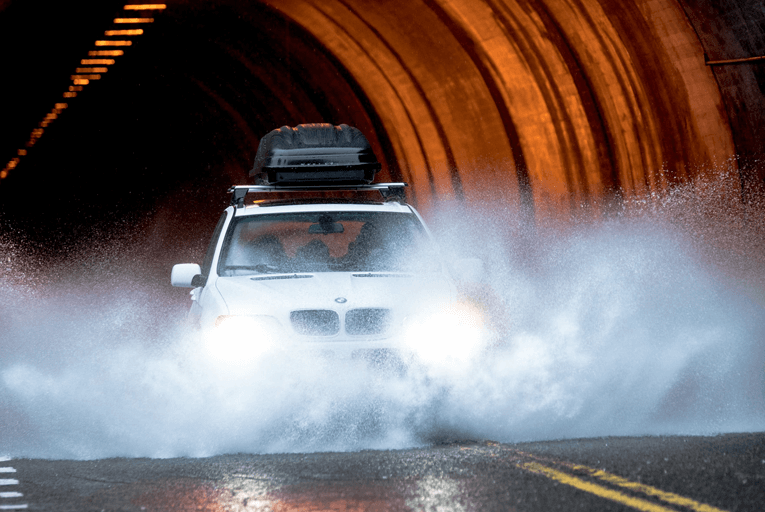

Particularly during the autumn and winter months, we see a lot of claims coming in from drivers that have driven through a puddle they suspected to be shallow. Autumn typically brings quite a bit of rainfall in this country, so flash flooding is unfortunately inevitable. When you’re faced with a flooded patch of road, avoid it. Drive around if it’s safe to do so, or use an alternative route if you anticipate you’ll pass any areas that are flooding hotspots.
If you’ve accidentally just come through a deep puddle, always gently tap your brakes to allow the contact between the brake pads and rotors to dry straight after. Pay attention to see if the engine feels strange too, if something seems a bit off, get to the garage for a check-up to put your mind at ease. You can thank the mechanic by sending him these helpful autumn driving tips, if you fancy it.
If you drive under 150 miles a week, get a quick quote for a pay-by-mile car insurance policy by clicking here, and see if you could make a saving in under a minute.

